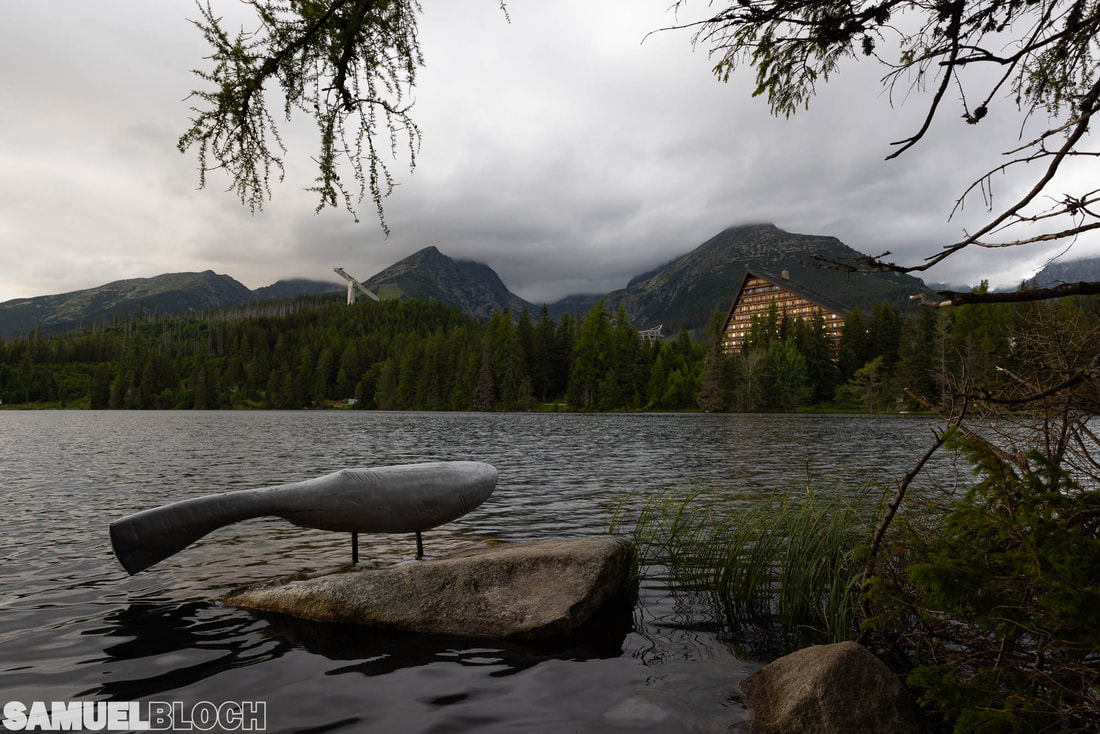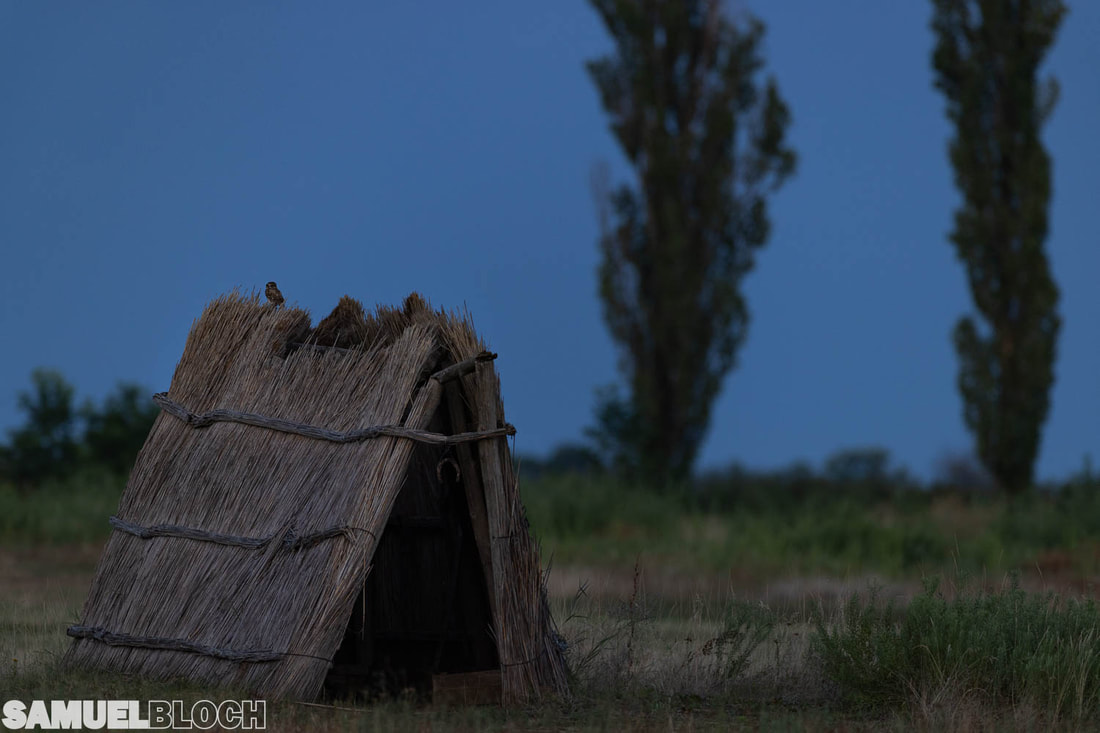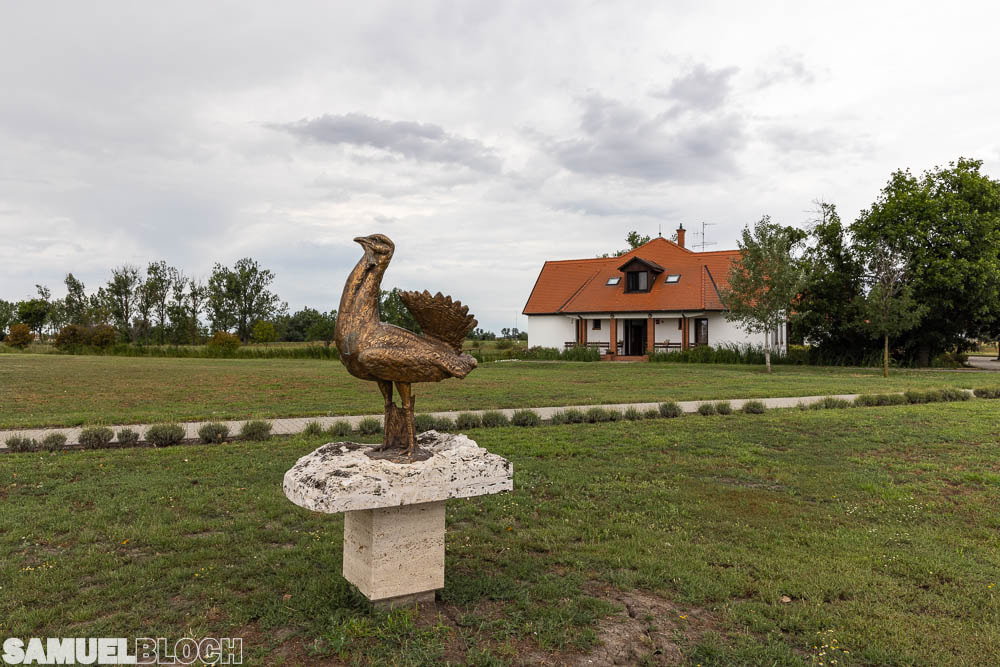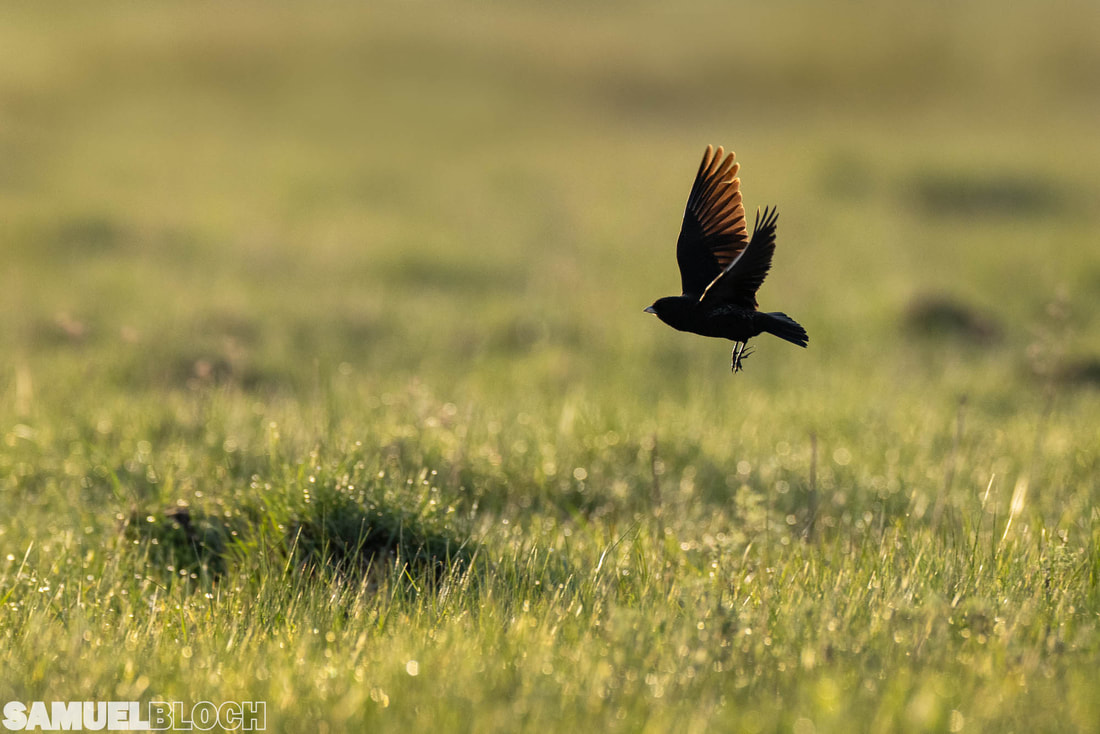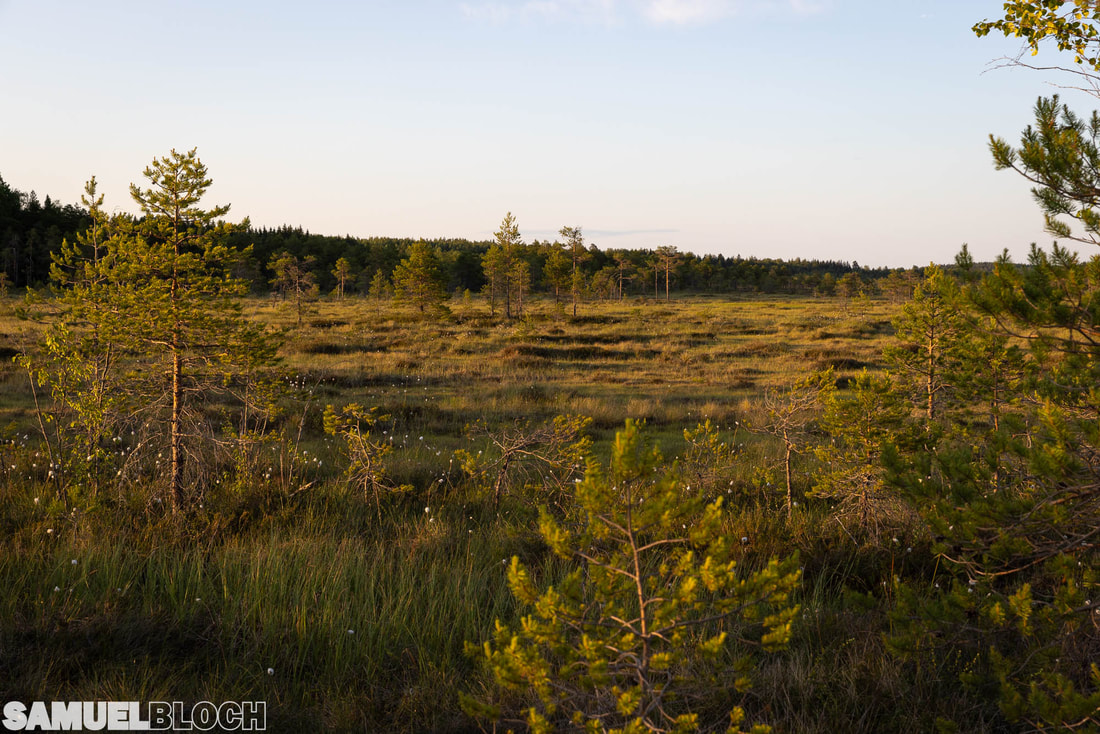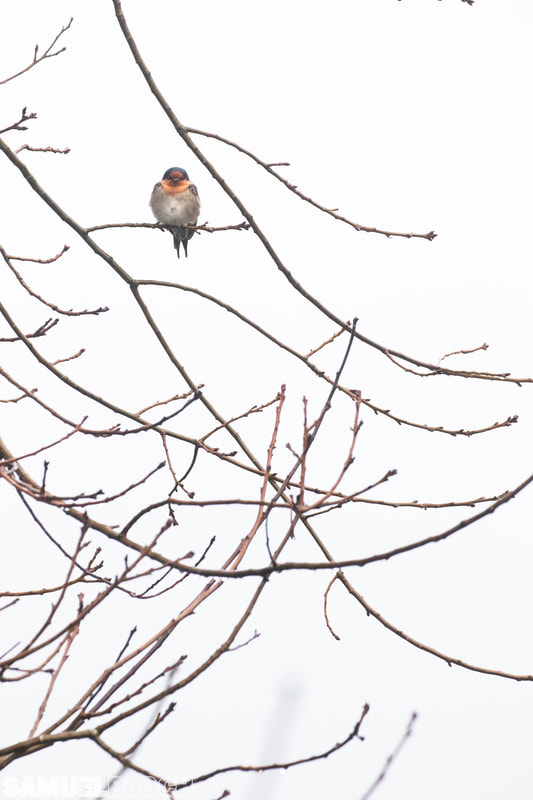|
For a long time, Saimaa ringed seals (norppa, in Finnish) were considered as enemies by the many people who fished in Lake Saimaa. Until 1948, a bounty was paid for every seal that was killed, and it's only in 1955 that they became protected by the law. Old habits are hard to shake. In general, people support nature protection, but things become complicated when it impacts the way they want or are used to live their life. Environmental education is key, and that's what associations like Suomen Luonnonsuojeluliitto (The Finnish Association for Nature Conservation, SLL) are working on. They visit schools, fairs, organise museum exhibitions... the idea is to bring people onboard, to turn opponents into advocates and further the cause of the seal. My photo story on Saimaa ringed seal conservation is, well, exactly that: it's not only about the seals, but about the conservation program as a whole, and all the matters related to it. Here are a few events I attended in the past year.
0 Comments
The Saimaa ringed seal (Pusa hispida saimensis), an endangered pinniped endemic to eastern Finland, changes its fur every year. For that, it needs to spend a lot of time outside the water, to dry and shed its fur. This happens after babies are weaned. Thus, May is the best period to find a seal basking on a rock.
This is of course of great interest for the scientists and conservationists who study the seals. They scour the lake, in its multitude of channels and islands, and take careful note of all the seals they spot. Importantly, they take pictures of the seals and add them to their database. That's because each seal sports a unique fur pattern, made of pale rings on a dark canvas, and it can be identified thanks to it. You will probably not be surprised to hear that Finnish weather is wild... but did you know that, in Helsinki, we had 20 cm of fresh snow on April 23rd this year?
Every spring, we are fooled by one Fool's Spring (well, at least one), when it feels like we're turning the tide and cold/snowy/icy days are behind us. After it comes a Takatalvi, a returning winter. This cycle repeats for a while, until summer actually arrives, often in an abrupt manner (today is May 31 and we have 28ºC outside). So much snow on April 23rd is quite rare, but you get the idea. After a long winter, people are longing for warm days... but they are usually further ahead than we hope. However, I must say I enjoyed the last takatalvi episode. Maybe I was the only one, but I had a blast! You see, winter in Finland is a quiet time for nature: all water birds have left because their hideouts are frozen, all insect eaters are gone because insects have died... there's activity around bird feeders, snowy landscapes are magnificent, but it gets a bit boring. However, when the last snow came this past April, there were lots of birds in the neighbourhood! They surely wondered what was happening to them, but I enjoyed photographing them in such unusual surroundings. The Saimaa ringed seal, norppa in Finnish, is a subspecies of Ringed seal endemic to Lake Saimaa, in eastern Finland. Once widespread, then on the brink of extinction, it has become a tiny bit more common thanks to years of hard work: conservation started at the turn of the 1970s and 1980s, and the population has grown especially in the last ten years thanks to wider restrictions on gillnet fishing. Now, a conservation program called Our Saimaa seal LIFE, funded by the European Union and coordinated by Metsähallitus, the Finnish government agency for conservation and forestry, is developing new methods for conservation in a warming climate.
I'm primarily a nature photographer, but I also enjoy photographing our non nature-related adventures.
Last summer, Vivien and I toured Slovakia by train, from Budapest to Budapest. It was easy to plan, cheap and fun! Here are my highlights :) In the last post, I told you the tale of my visit to Dévaványa, in south-eastern Hungary. I mentioned the Greast bustards and the imperial eagles, but there's one thing I left out.
As the sun set, I heard a call I used to be familiar with, one not unlike that of a yelping dog: a Little owl (Athene noctua)! When I still lived with my parents in France, we often heard them, and sometimes saw them perched on the neighbour's house. They've always shunned the nesting box we installed in the garden, but they were there. It's not a species we have in Finland, though, so hearing them again that day was a treat. If you've followed me for a while, you know there's a bird in Hungary I'm absolutely passionate about: the Great bustard (Otis tarda). This great "chicken", the heaviest flying bird in Europe, is a threatened species, but it's also an icon of the Hungarian Great Plains and is the subject of a preservation plan.
As I do for all my projects, I did some background research on the topic, and discovered something very interesting: in the south-eastern part of the country, there is a captive rearing program that collects eggs at risk, hatches them and releases the chicks into the wild. Intrigued, I scheduled a trip there in August with my friend Marci. In May, I led my second (and probably last) floating hide photography workshop in Korgalzhyn, in the steppe of nothern Kazakhstan. If you're a regular reader, you've seen a few pictures already, but here is a fluffier gallery. Compared to last year, I spent more time in the water, and less time in the grasslands... and in hindsight, I wish I had done things a little differently. But in any case, through the fun and the hardships, I came back home with an exciting portfolio that showcases several aspects of life in the steppe.
Here we go! One and a half hour from Helsinki lies one of the largest and best preserved bogs of Southern Finland: Torronsuo. Protected by the eponymous national park, it is crossed by a boardwalk that let's you discover it up close. I visited it with my girlfriend Vivien and a friend on Midsummer evening. It was gorgeous day with a bit of a breeze, which meant the open areas were completely free of mosquitoes. The forest though... yeah, we didn't spend much time there!
Sometimes, there's disturbance in the atmosphere between you and your subject: air is moving and, as a result, your images are not tack sharp... and there is nothing you can do about it!
|





